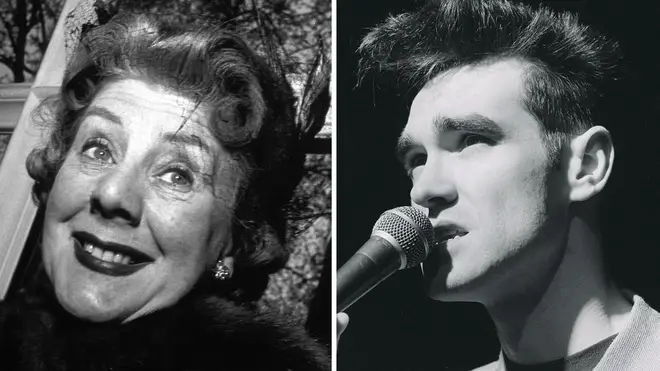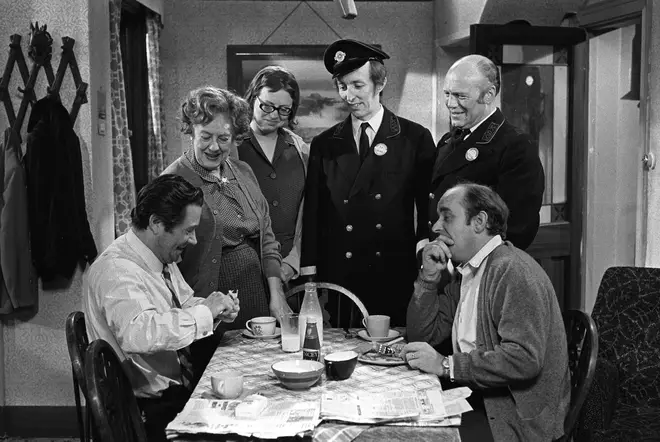On Air Now
Radio X Chilled with Sarah Gosling 10pm - 1am
16 June 2022, 19:00 | Updated: 8 September 2022, 19:47

"Take me back to dear old Blighty..." kicks off The Smiths' finest album, but who's behind the voice?
Anyone listening to The Smiths’ masterpiece The Queen Is Dead is familiar with how the title track - and LP as a whole - opens. A female voice - joined by some drunk-sounding revellers - sings a jaunty song that begins “Take me back to dear old Blighty! Put me on the train for London town! Take me over there, drop me anywhere, from Liverpool, Leeds or Birmingham, well I don’t care…”
The voice tails off as Johnny Marr’s guitar feedback and Mike Joyce’s incredible drumming signals the beginning of one of the most compelling songs in The Smiths’ catalogue.

The Queen Is Dead (2011 Remaster)
The clip is taken from the 1962 film The L-Shaped Room, a “kitchen sink” drama, based on a novel by Lynne Reid Banks about a young French girl (Leslie Caron) who discovers she’s pregnant and moves into the rented accommodation of the title alongside the other residents of the West London house: the landlady, a failed writer, a jazz musician, an actress and others.
The scene sampled features Cicely Courtneidge leading her fellow residents through a Christmas sing-along of a First World War song, dressing up in a soldier’s uniform and declaring: “Hello chaps! I thought this was a stag party, so I came alone!”

Take Me Back to Dear Old Blighty
She’s a little unsure of the first verse, but quickly gets into the swing of the song, much to the amusement of the assembled guests. The number ends abruptly because Caron’s character has apparently gone into labour…
The song was an old First World War standard, designed to lighten the spirits of soldiers on their tour of duty. Written by Arthur J. Mills, Fred Godfrey and Bennett Scott in 1916, its best known recording was by music hall singer Florrie Forde, who made a recording the same year.
The verse continues:

Take Me Back To Dear Old Blighty Sung By Florrie Ford
By the time Cicely Courtneidge performed it in The L-Shaped Room, the song was nearly 50 years old and a relic of the Great War and the millions of lives lost between 1914 and 1918.
Dame Cicely was an Australian-born actress who appeared in countless films and stage productions, ending her career with a part as the mum in ITV’s low-brow sitcom On The Buses. She died in 1980.

The L-Shaped Room was broadcast on BBC Two on the evening of Saturday, 3 August 1985, and it’s entirely possible Morrissey was watching that night - The Smiths had just finished a tour of North America at the end of June and were not on the road again until late September.
Morrissey, however, was a great fan of gritty early 1960s drama, with songs like This Night Has Opened My Eyes referencing the classic film A Taste Of Honey, while The Smiths’ single sleeves features actors like Terence Stamp, Yootha Joyce, Pat Phoenix and even the author Shelagh Delaney.

This Is The Secret Of Johnny Marr’s Guitar Sound